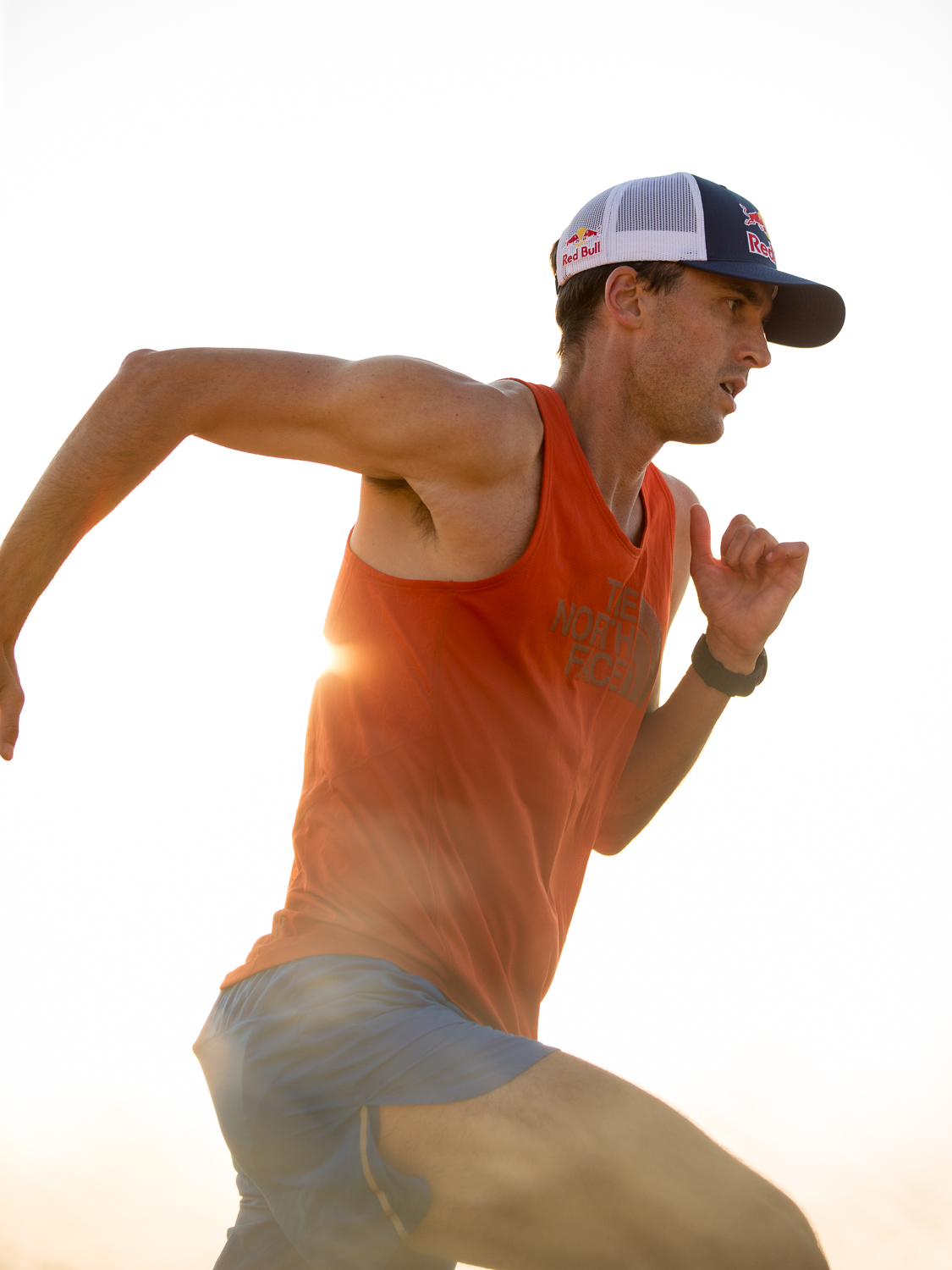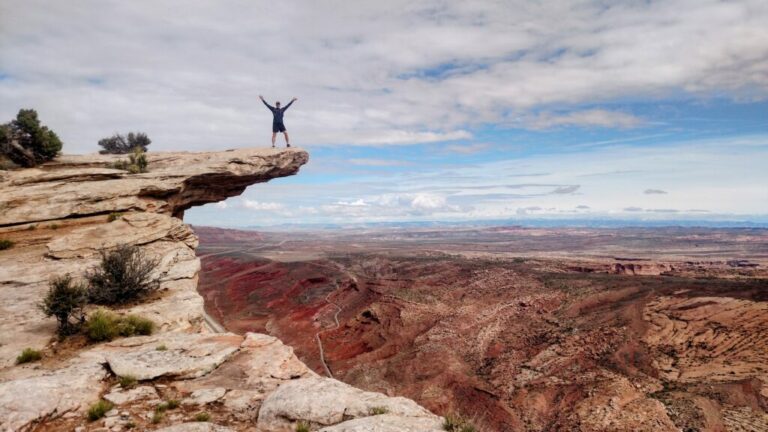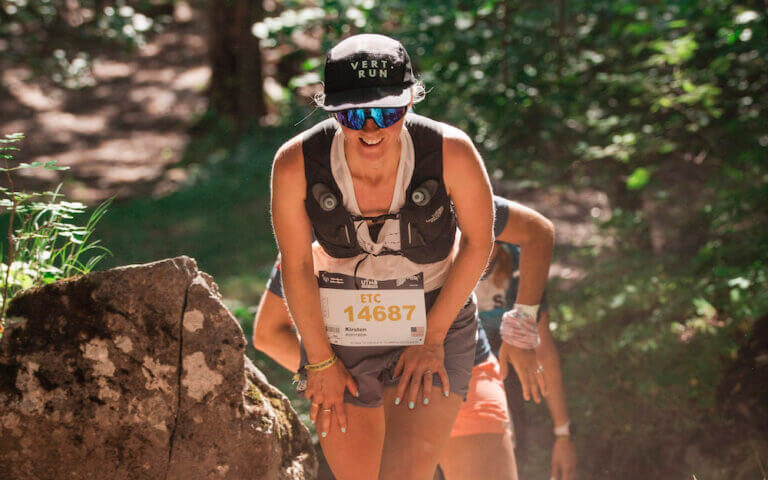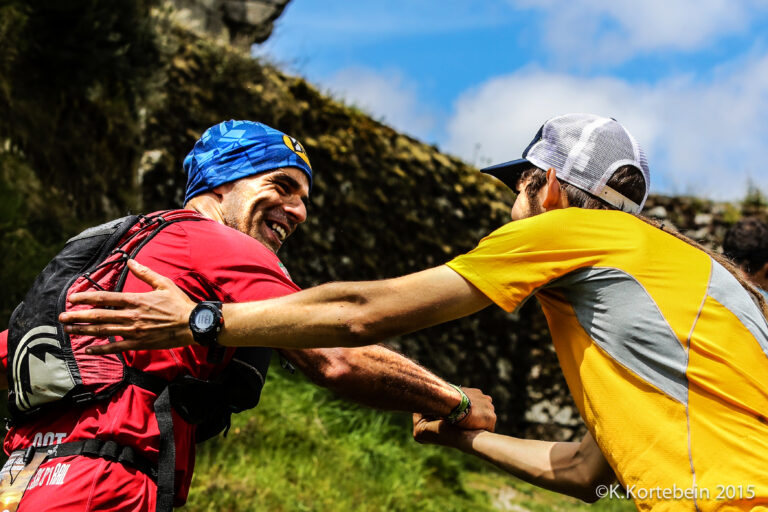Want to stay sharp this winter? Discover our our 2022 Winter season training programs. Designed specifically for trail runners, by trail runners.
Maintain–and even improve–your trail fitness with our 2022 Winter programs.
The warm, summer days are over for many of us in the northern hemisphere. But don’t get discouraged! Even if it doesn’t feel like it at first, training in cooler conditions can be as fun as doing it during the summer. It’s just about keeping perspective and enjoying what we have around us.
We know that keeping our motivation high during the winter months isn’t easy. But if we shift our mindset into positive gear, the winter can be awesome for trail runners. These months are the perfect times to slow down, and to build consistency while working on key aspects of both our physical and mental health.
“As the weather gets colder and rain/snow come along, we all fight the same feeling. We tell ourselves that we want to go out for a run, but at the same time, we just…really want to stay inside. This is part of this time of year, and we know how it feels.” —
Read our “Reasons to keep training through winter” article–here.

For a more “pro” perspective on winter training, we asked some of our Vert.run athlete partners to share what winter training means to them. Enjoy!
“I like to stay active in the winter and switch things up. The winter is a time for me to reduce the number of hours I train and to use it as a time to replenish the energy from a long summer of racing and adventure.I like to ski, cycle, lift weights and do other things besides running. This way, I’m able to stay motivated to run again when it’s time to train hard! I do run in the winter, but, it’s usually shorter and I try to work on speed in the winter, and also efficiency and running economy.There are many ways to train successfully through the winter, and every athlete is different. I encourage changing up your routine and embracing the shorter days and more rest. As long as you are consistent with your training in the winter (doing some physical activity on a regular basis as prescribed by your coach), that’s the key to coming back ready to train once you begin your program again.” –Hillary Allen, Vert.run athlete partner

Coming out of a cold and rainy winter up in Portland, OR, Dylan kicked off his 2020 spring season with a strong 3rd place in the hot, humid and competitive Trans Gran Canaria. How? Here’s Dylan’s perspective on winter training for trail and ultra runners.
“Winter is actually one of my favorite times of year to train. It’s always been my belief that the people who used those months wisely would be rewarded during the heaviest parts of the race season. It’s a great time to focus on little things like strength and mobility as well as build a base of fitness for when the days get longer and the weather improves. Winter is a great time to invest in yourself as an athlete.” –Dylan Bowman
Ruth Croft didn’t just maintain her fitness during the 2020 New Zealand winter–she also got stronger. She then went to Europe and competed at the highest level, crushing it in Sierre Zinal, Matterhorn Ultraks and now getting ready for the Golden Trail Series in Azores. How does Ruth manage to transition from winter into such a strong summer season?
“This year I did my first winter in 11 years thanks to COVID. To be honest my motivation took a dive as soon as shorts weather was over. What I found kept me motivated was changing my focus to cross-country. The races are shorter in distance, so it gave me the chance to work on my speed. It was a change in training structure/sessions, and also meant that I did not have to log hours out in unfavourable conditions, like I would if I was training for an ultra. It’s always best to mix it up during winter and keep some flexibility for cross training in your schedule too.” –Ruth Croft, Vert.run athlete partner
Francesco Puppi, an Italian runner who dominates the fast racing scene on both the road and trails, practices his own “any surface available” training philosophy all year long. Francesco also just managed to qualify for the final of the Golden Trail Series 2020 in Azores. Here’s Francesco’s take on winter training:
“Winter season is a good time to work on strength and endurance. Cross training and gym are great for that purpose, and I incorporate them into my schedule several times a week. It is of fundamental importance to rebuild the organic capacities that will help you sustain the big efforts you will ask of your body during the racing season.
Thus, the focus will not be so much on the external training load, rather than on the internal one. It’s important to learn to listen to our body and always keep a margin during training.
Some athletes, like myself, will be interested in running cross country and road races during the winter and early spring, while others will return to competition once the trail running season resumes (usually around April). Regardless of your choice, I believe the first month of winter training can be pretty similar for everyone.” –Francesco Puppi, Vert.run coach + athlete partner
Pascal Egli is unstoppable in the mountains. An all-year mountain lover, Pascal is fast in both trail running shoes and on skis. After last winter, Pascal transitioned into an awesome season of competing in his home country of Switzerland. Here’s what winter training means to him:
“During the winter months, I usually complete the most important part of my training: I put in more hours than in summer because I have less competitions and important travels to do.
I try to train for at least 15 hours a week, and sometimes (e.g. during holidays) up to 25h a week. I really enjoy my winter training, because I complete most of the hours on skis, doing uphill meters with ski mountaineering skis and riding back down in just a few minutes.
But, I also try to run at least four to five times a week, of which at least one training is a speed session on the athletics track (e.g. 10 x 800 m). To complete the training, I add some core and leg strength at least twice a week.
From December to April I compete in several small skimo vertical races (sometimes also longer ‘individual’ races or ‘Grande Course’ races like PdG or Mezzalama) in my area: that’s fun to see friends, to get in a hard ‘training’ block and just because I love skimo. Towards the end of winter when the avalanche conditions are safe I do some long skimo sessions of 5-8h to connect local peaks and ridges, which is great fun.
Nevertheless, this upcoming winter I am planning to do some more road running speed than usual, in order to see how I can progress in terms of speed.” –Pascal Egli, Vert.run Athlete partner
Let’s keep up the awesome work you’ve done in 2022, and start building an even more awesome 2023 through this winter.












